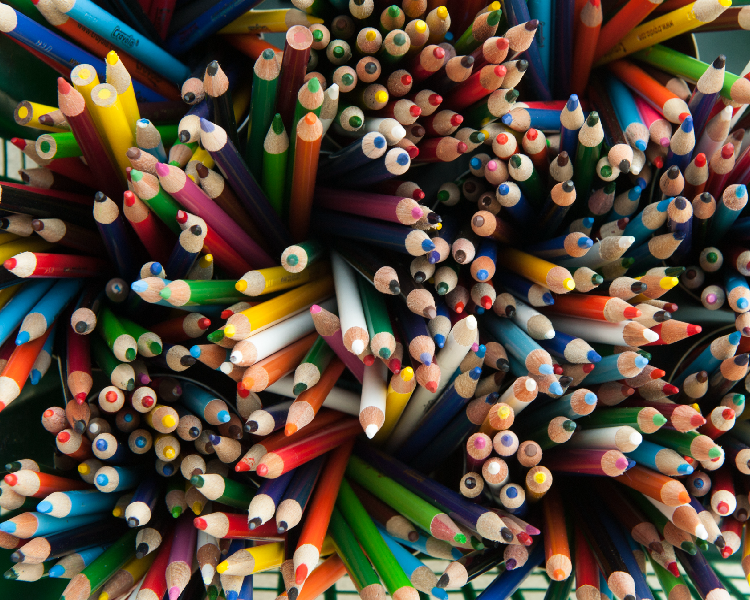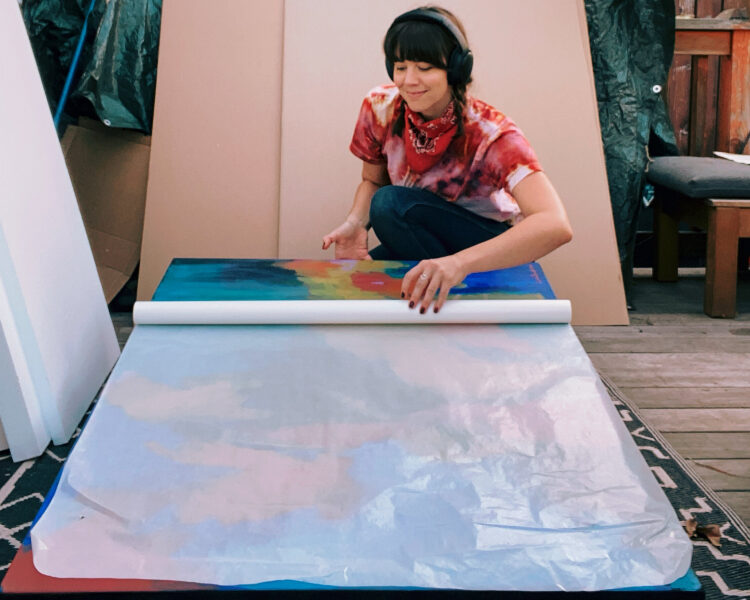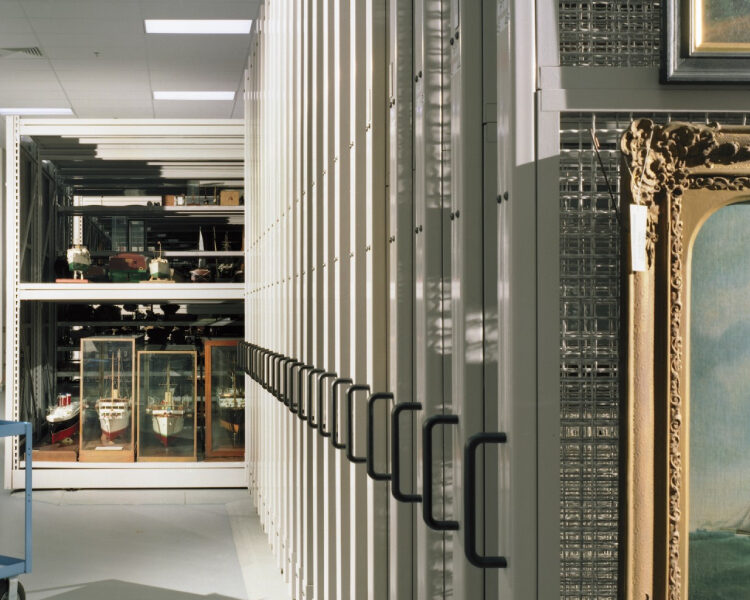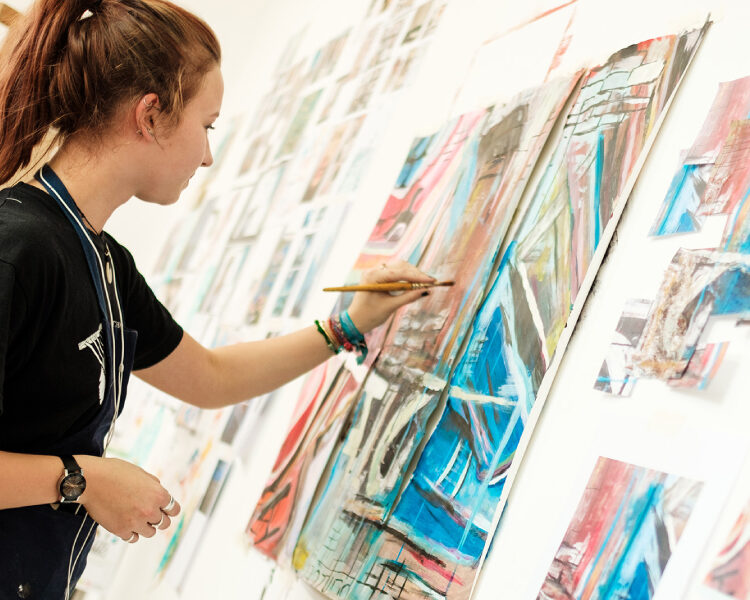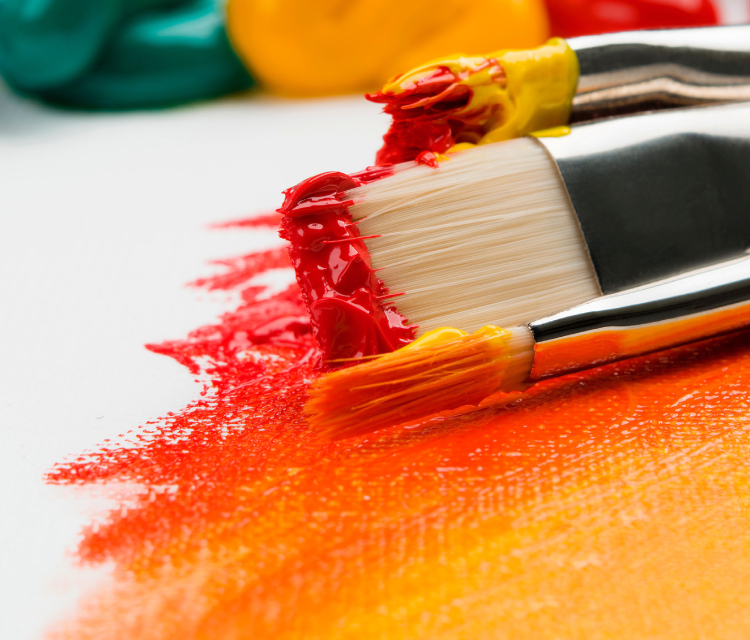
Beginners need to know many things before stepping into the complex world of art. From the inspiration, colour supplies to the techniques, painting is a world by itself. The article presents you with the six necessary steps you should acquaint with, before venturing into the magic world of creativity.
Essential painting tips for beginners
Step 1:- Know what inspired you to take up painting
Everyone must have different reasons for taking up art and would have different interests, tendencies, and skills. A complete awareness about the definite interest is imperative because it can help you to decide what path of learning you should proceed. While few would be interested only in the brushwork and colour, some would have taken an interest in painting to enter the commercial art world. For those interested in brushwork and who are least interested in details, Impressionism is the best path to follow and, for the others who have taken this as a hobby, need to develop a rigorous training program. Once you have realized your actual interest, it is time to move on to the next phase.
Uncover More About : All The Painting Ideas On Paper You Need!
Step 2:- Choose your medium
Choosing the medium of painting for beginners is the stepping-stone of understanding more complex aspects of art like colours, value, composition, etc. This section takes you through three essential mediums that can give you a brief idea of how each medium works. Select the best one that suits your interest.
Acrylics
Acrylics are the choice for beginners in painting. Not only are they easy to use, unlike oil and watercolour, but acrylics are also best preferred because of its easy drying features. It is also comparatively cheaper than the other mediums. Acrylics are best suited for experimenting with mixed media.
Oil
Oil is the most widely used medium by all professionals. They are preferred for their property of varying drying time and consistency. The art collectors hold oil paintings in higher regards. The only drawback with the oil painting is the use of harsh solvents like turpentine.
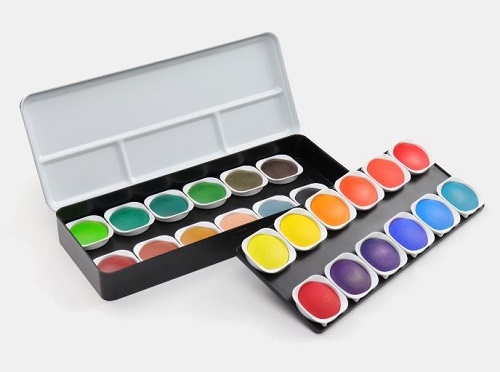
Watercolours
The watercolour mediums are considered as the most difficult of all other mediums because of its untamed nature. The natural absorption of the paint by the paper makes re-working a bit difficult. Watercolours may be a robust medium, to begin with, but if mastered, it produces some of the highly elegant paintings. Hence, it is recommended for the beginners to try acrylic or oil before venturing into watercolours.
Procure your supplies
Once decided on the choice of medium, the beginners should buy the essential supplies for their creation. Though the supplies depend upon your choice of medium, a collection of following supplies are necessary to proceed with the painting
- Easel- To hold the canvas or paper
- Canvas and paper for acrylic or oil and watercolour respectively
- Brushes and palette knives depending on the medium
- Paints
- Paper towels to wipe the brushes
For beginners, a kit that contains necessary supplies is widely available at the stores. Similarly, keep the colours simple with a limited palette that has red, yellow, blue, white, and raw umber colours.
Fundamentals of painting
Understanding the fundamentals is an essential learning in painting for beginners. This section enlightens you with a brief description about five painting fundamentals.
Color
Colours are generally comprehended by three essential elements: hue, saturation, and value. While hue is the position of the colour on the colour wheel, saturation refers to the richness and intensity of the colour. Value refers to the lightness and darkness of the colour.
Value
Though value is an underlying element of colour, its importance to the painting gives it due importance. Every colour is given a value between white and black.
Composition
The focal point, golden mean, Rule of thirds, harmony, rhythm, movement, balance, and few other elements combine in specific rules to create a perfect artwork. This is known as composition.
Edges
Edges are the transition between two shapes. They are classified into two: hard edges and soft edges where hard edges shoe clean transition and smooth edges have smooth transitions.
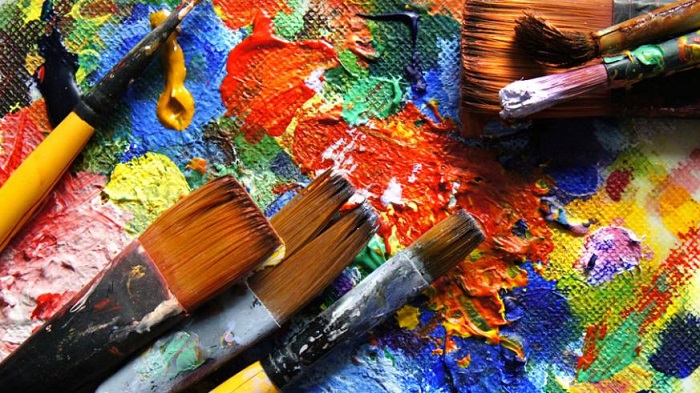
Brushwork
The marks left by your brush are an essential aspect of painting, and if not for brushwork, there may be hardly any difference between pictures and photographs.
The technique
Techniques are the ways you hold your brush or the strokes you make. This has to be practised for years to master.
Create your painting
Before beginning your first artwork, you have to keep in mind that great artists have mastered the art of painting after practising it for decades. So, never be discouraged if you do not create a masterpiece in your first attempt.
Review and reflect
Be your critic. Review your painting and reflect on what you had desired and what you have achieved. Take the learning and improve the aspects you lacked in your next art.
Painting is an art that can only be mastered over the years with continuous practice. Accept criticisms positively, but never let that to be the driving factor for your creation.


